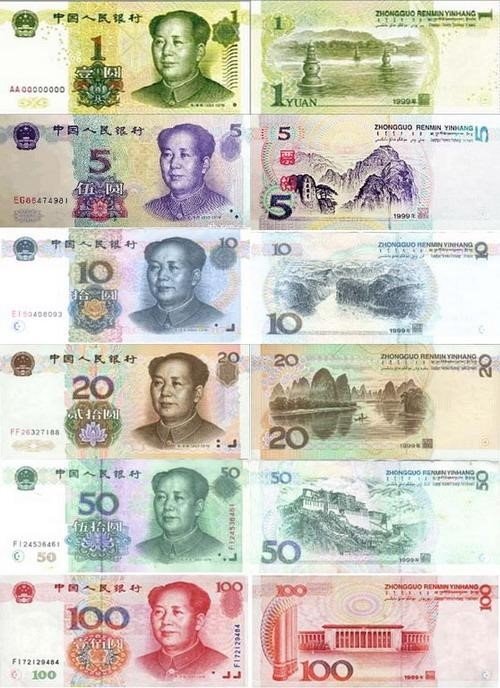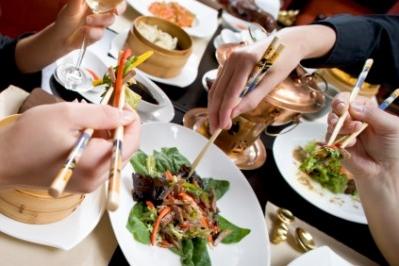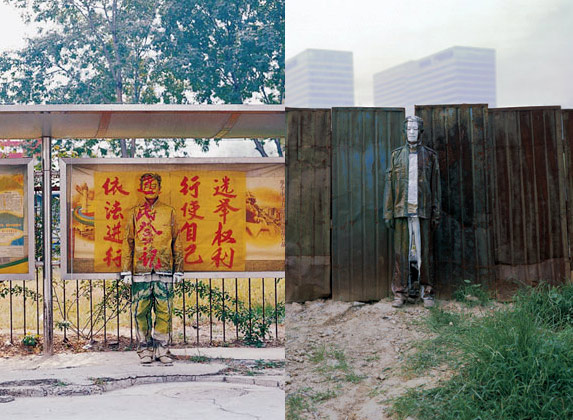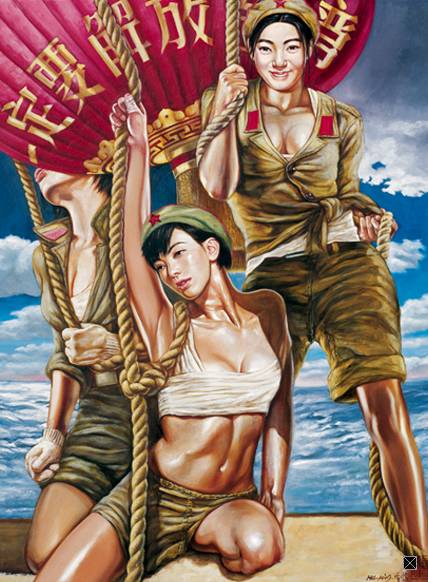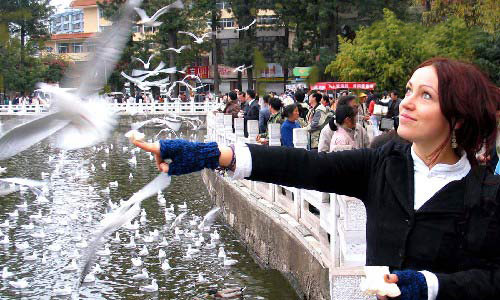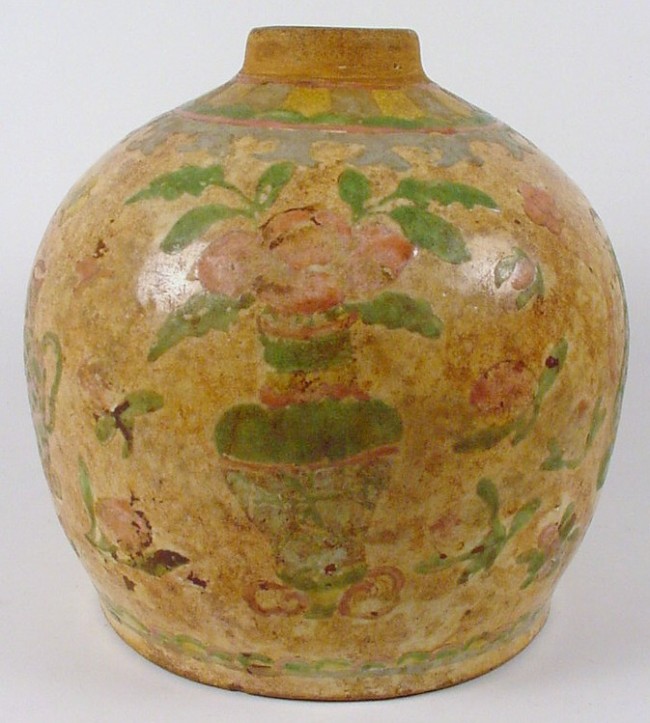Socialist Realism Art in China
The People’s Republic of China was established on October 1, 1949. The then new government set about creating a new art for the new nation.
Art was only in service to nation building. From roughly the 1950’s to the1970’s, artists were told what they could and could not paint. The Chinese art on this site are divided in three sections:
- The early years (1949-1965)
- The Cultural Revolution (1966-1976)
- Period of modernization up to the present (1977-now)
1. The Early years (1949-1965)
Since 1949, the Communist Party is in power in China, with Mao Zedong as chairman. In the early years, the arts propaganda focuses on building the new country.
The poster below showed the parade at the Tiananmen Square. Peace in Beijing on the occasion of the proclamation of the People’s Republic of China on October 1, 1949. Mao Zedong, 6th from the left, with members of his first government.
Many Chinese policies such as the Great Leap Forward and collectivization of agriculture in the late 1950s were presented to the public using Socialist Realism Posters. The happy, energetic, and idyllic scenes are all on the posters. Often these posters included Communist expressions and slogans.
One of the central goals of the Great Leap Forward was to increase steel production. Thus, the other sectors would follow once this movement is successful.
In the early 1960s there is an economic liberalization to encourage production. At the same time, an extremely aggressive style of propaganda is developed for use against Western imperialism. This is especially evident in arts on the Vietnam War.
Throughout the Vietnam War, China supported the communist north. After the departure of the Americans and the unification of the North & South, the old rivalry between China & Vietnam for dominance in this region leads to strained relations and border conflicts.
From the start, The Chinese style of Socialist Realism differed slightly from the Soviet style. The colours were brighter, and paintings included water-colour like gradations in tone. The outlines of the subjects were also more clearly defined, perhaps due to the influence of woodcut art.
[showadc]
2. Cultural Revolution (1966-1976)
In 1966 Mao launches the Cultural Revolution to eliminate his reformist rivals and set the country back on a rigid communist course.
During the Cultural Revolution very few subjects were considered legitimate for art. The Chinese outdid Soviet-style realism, always portraying Mao as hero, surrounded by smiling farmers and happy peasants. The personality cult of Mao Zedong was particularly emphasized during that time. On the other hand, many paintings of the military show soldiers with grim almost menacing expressions, weighted down by their heavy responsibilities.
In the early 1970s the situation loosens up slightly. Many national art exhibitions were organized by Mao’s wife Jiang Qing. The emphasis shifts to the countryside and to the glorification of life in the agricultural communes.
Paintings become more colourful again, often painted in the style that combines heavy contours with carefully shaded colours. The folk painters from Huxian are touted as true folk artists, demonstrating the innate artistic abilities of the people. Hundreds of their paintings are made into posters.
3. Modernization (1977-now)
In 1976, Mao died. After the death of Mao and the end of the Cultural Revolution, Socialist Realism Art diminished but did not die.
This art piece above may serve to mark the conclusion of the Cultural Revolution, describing the reactions of local people to news that Mao Zedong has died. Mao’s most fanatical supporters (called the Gang of Four) are arrested by Mao’s successor, Hua Guofeng. He brings about reforms that are carried further by Deng Xiaoping, who gradually gains power.
In his view, some liberalization is necessary to allow China to catch up with the world industrially and economically. For the first time, arts show traces of growing material wealth. Role models are used to teach people the desired attitude.
Political control over the visual arts is loosened. The Chinese version of Socialist Realism is no longer the only form of expression permitted, as the restriction had caused the most talented artists to turn away from creating propaganda paintings. The influence of Western advertising becomes increasingly evident.

The form of the painting learned the styles of Western art, themes were mostly derived from the individual’s life, but they still have a strong real-life causes and social influence.
In this day and age, the theme of Chinese art styles is variety, which greatly enriches people’s cultural life. And international exchanges and cooperation are more and more, this is undoubtedly one of the best periods of development.

The female nudity in the painting above appeared in public at the first time, and try to use abstract, distortion, symbols, and set off a controversy that he emphasized the “artistic personality and self-expression”.
Today’s advocate is to build a harmonious culture, and to build a harmonious society shown In the fusion of Eastern & Western painting nowadays. Stay tuned for more of the many art styles and types of painting influences in China to be featured in the upcoming articles.
Vocabulary
社会主义写实画 shè huì zhǔ yì xiě shí huà Social Realism Art
共产党 gòng chǎn dǎng Communist party
宣传 xuān chuán Propaganda
经济自由 jīng jì zì yóu economic liberalization
争议zhēng yì controversy
抽象 chōu xiàng abstract







